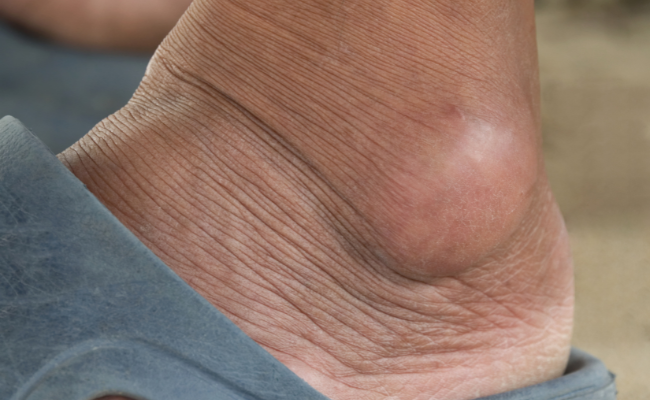How to Treat Bone Cyst?
- November 03, 2023
- No Comments

What is a Bone Cyst?
A bone cyst is a pathological cavity within the bone that can be filled with fluid, air, or other material, varying in size and classified into types such as simple, aneurysmal, traumatic, and secondary bone cysts. While asymptomatic bone cysts may be discovered incidentally, others can cause pain or affect bone function. Treatment may be necessary for large or symptomatic cysts, involving removal or fluid drainage. These cysts are distinct from and unrelated to bone cancer, posing no risk of systemic spread. The development of bone cysts is more common in children and teenagers, and timely intervention can address complications and improve overall bone health.
Why Bone Cysts Occur?
The causes of bone cysts can vary depending on the type. Simple bone cysts, often found in children and adolescents, are believed to result from abnormal bone development. Aneurysmal bone cysts, more common in teenagers and young adults, are characterized by rapid growth and expansion and may be related to abnormal blood vessel development within the bone. Traumatic bone cysts can develop in response to injury or trauma to the bone, while secondary bone cysts may arise as a secondary condition related to an underlying bone disease or as a complication of another medical condition.
How to Diagnose Bone Cysts?
Diagnosing bone cysts typically involves a combination of imaging studies, biopsy, and blood tests:
- Imaging Studies: X-rays, computed tomography (CT) scans, or magnetic resonance imaging (MRI) scans are commonly employed to visualize the bone and identify the presence, location, and characteristics of the cyst.
- Biopsy: A biopsy may be performed to obtain a sample of the cyst for examination. This helps in confirming the diagnosis and ruling out any other underlying conditions.
- Blood Tests: Blood tests may be conducted to check for signs of infection or underlying systemic conditions that may be associated with the development of the bone cyst.
Treatment Solutions for Bone Cysts:
The approach to treating bone cysts depends on various factors, including the type of cyst, its size, and its impact on the affected individual. Treatment options include:
- Observation: Small, asymptomatic bone cysts that are not causing pain or functional impairment may be monitored over time without active intervention. Regular imaging studies can help track any changes in the cyst's size or characteristics.
- Medications: Bisphosphonates, a class of drugs that help strengthen bones, may be prescribed to individuals with certain types of bone cysts. These medications aim to reduce the risk of fractures and enhance bone density.
- Aspiration: Aspiration involves draining the fluid from the cyst using a needle. This procedure may be performed for cysts that are causing pain or affecting nearby structures. Aspiration can provide temporary relief, but recurrence is possible.
- Injections: Corticosteroid injections or bone marrow injections may be administered directly into the cyst. These injections aim to reduce inflammation, promote healing, and decrease the size of the cyst.
- Curettage and Bone Grafting: Curettage involves scraping out the cystic tissue from the bone, and bone grafting may be performed to fill the void with healthy bone tissue. This procedure is commonly used for larger or more complex cysts.
- Surgery: Surgical intervention may be necessary for large or recurrent cysts. The surgical approach may involve removing the cyst, stabilizing the bone, and addressing any fractures or deformities associated with the cyst.
Benefit Points of Treating Bone Cysts:
- Pain Relief: Treatment can alleviate pain and discomfort associated with bone cysts, contributing to an improved quality of life for affected individuals.
- Prevention of Fractures: Addressing bone cysts can help prevent fractures and structural weaknesses in the affected bone. This is especially important for individuals at risk of fractures due to cyst-related bone weakening.
- Improved Bone Function: Treatment solutions aim to restore normal bone function, reducing limitations on movement and activities. This is crucial for maintaining overall mobility and functionality.
- Prevention of Complications: Timely intervention can prevent potential complications such as infections, nerve compression, or damage to nearby structures associated with untreated bone cysts.
- Enhanced Quality of Life: By addressing the underlying issues and managing symptoms, treatment contributes to an improved overall quality of life for individuals with bone cysts. This includes relief from pain, increased mobility, and a reduced risk of complications.
- Preventing Recurrence: Some treatment methods, such as curettage and bone grafting, aim not only to treat the existing cyst but also to reduce the likelihood of recurrence. This helps in achieving more sustainable and long-term outcomes.
Comments (0)